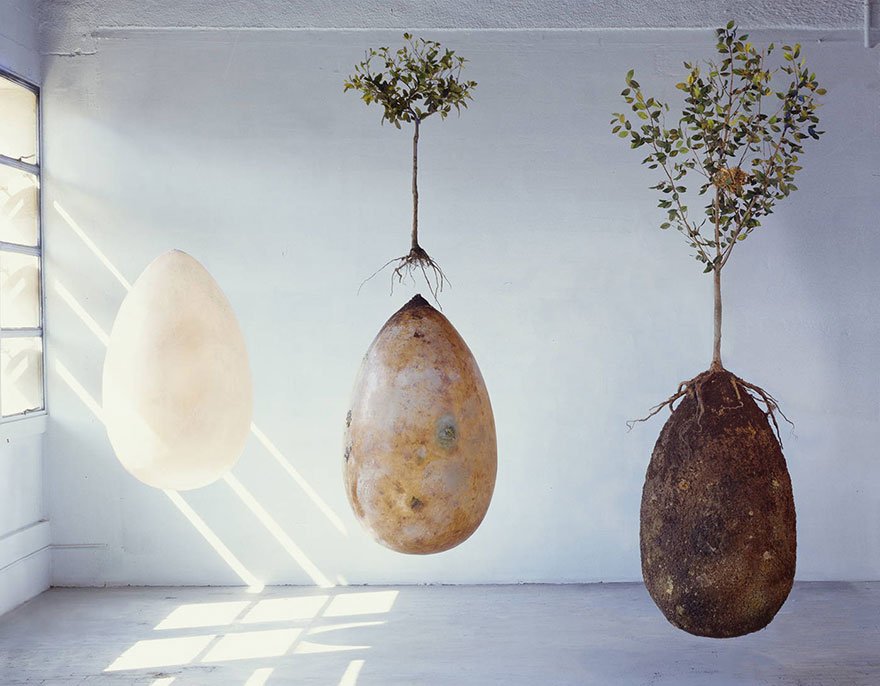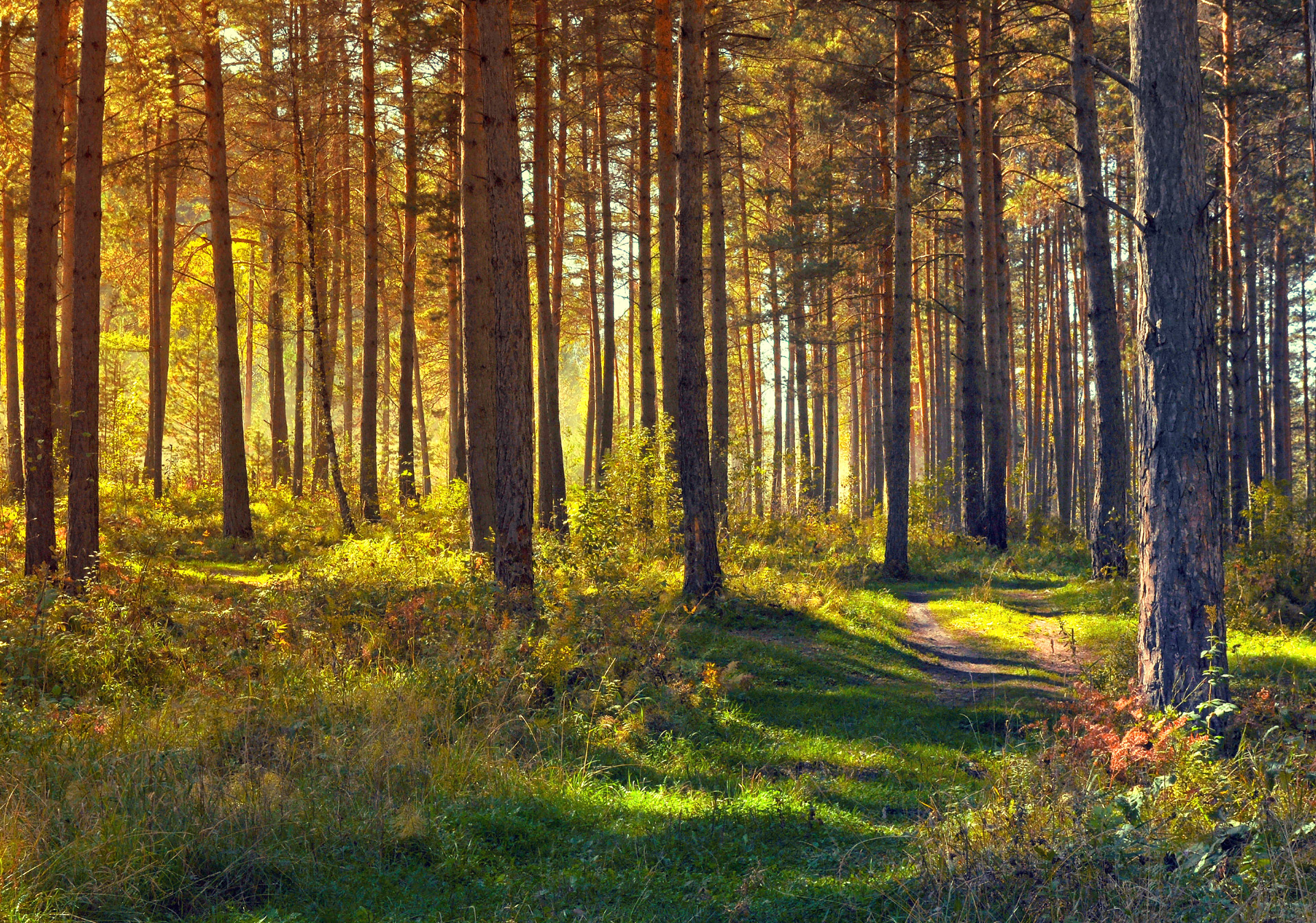People choose to live environmentally friendly or green lives, so it is not surprising that they also select an environmentally friendly or green funeral. An eco-friendly funeral can be the deceased’s choice, or the next of kin can take their initiative. A green burial ensures that the body decomposes naturally and entirely and becomes one with nature. This is in line with the adage “ashes to ashes and dust to dust.” Some people may see it as a new-age fad, but it is a return to ancient practices that our ancestors practiced.
If you want to plan an eco-friendly or green funeral, you should look for a funeral home that offers green burials as part of its services. They may be specialists, or a green funeral may be one of several services they offer. There are several green funeral homes around the country. They provide complete services as well as a funeral in the woods. This means that no particular place is designated as a burial site. Instead, the body is buried in a natural setting, with local trees and green vegetation surrounding it.

An eco-friendly or green burial turns out to be much cheaper compared to the now traditional funerals. One of the first aspects of a green burial is that the body is not embalmed. This ensures that no toxic chemicals used during the embalming process end up in the sewer system. The next step is to choose a wood-only or cardboard casket that will completely decompose over time. The eco-friendly coffins have no metal parts. Some families may also decide to bury the body without a casket, using only a shroud to cover the body. The next step would be to avoid a burial vault, so the casket and its contents decompose naturally with time.
Burial in a forest is an entirely environmentally friendly or green burial. Usually, a small tree is planted to mark the hand-dug grave, slowly taken over by the natural vegetation around it. You can opt for a simple headstone if you wish.
If you are looking for a more environmentally friendly method of managing your remains after death, consider the following five alternatives:
Bios Urn: Biodegradable funeral urns are cremation urns for storing ashes designed to decompose over several weeks, once buried in the ground. How long it takes for the average biodegradable urn to decompose depends on the soil’s richness and quality. Buried in good quality soil, a biodegradable cremation urn can decompose in as little as three weeks, with the ashes of the deceased mixing with the soil in which the urn is buried.
Alkaline hydrolysis: This procedure may seem a bit industrialized and consequently harmful to the environment, but in reality, it is probably the most environmentally friendly way of handling human remains ever developed. A person’s remains are immersed in a tank of chemicals that quickly break down the tissue and turn the bone tissue into a mealy compound.
Corpse-eating mushrooms: Fungus grows on decaying organic material, making it a perfect solution to eliminate humans naturally.

Green burials: Conventional burial is not necessarily harmful to the natural environment. It is just the additions we have created, such as complex embalming procedures and “secure” burial containers. By choosing a more naturally biodegradable casket and demanding that funeral directors not embalm but use other options, you can still have a “traditional” funeral without making it bad for the environment.
Donate to science: Whether it is for use by a school of medicine or even for observation at a human body farm, donating someone’s body to scientific research is not only environmentally friendly.
Living in an environmentally friendly way means taking into account the environmental impact of how we handle dying.


